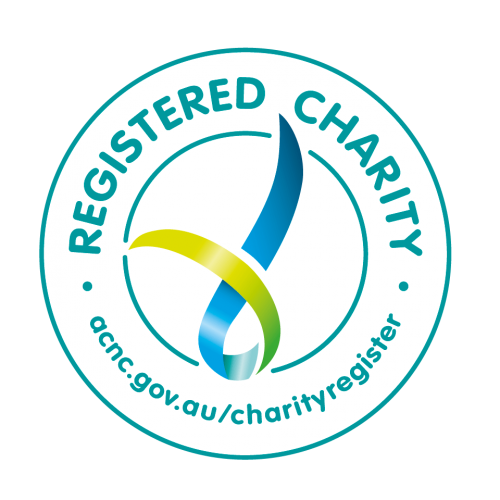Breaking the Cycle, Anglicare
Program theory
Increasing knowledge and awareness (by improving parenting skills, behaviours and confidence) will reduce violence used by the adolescent, which will lead to improved parent-adolescent relationship.
Guiding principles
Focus on ensuring safety: Promoting that violence is a behaviour that is never acceptable.
Adolescent development and brain development: Highlights that the parent/adolescent relationship is critical, and that this is a key period of intervention in addressing violence patterns.
Family violence: Exploring patterns of violence and reflecting on the full impact of violence for all family members.
Culture and gender: Program model is underpinned by feminist theories … the model challenges beliefs that it is the mother’s role to tolerate violence and keep families together.
Attachment theories: Attachment theories can also help to explain behaviours in non-blaming ways … In order to help parents connect with their adolescent and rebuild a violence-free relationship, we encourage parents and/or the adolescent to identify triggers, non-verbal cues, and develop communication skills
Trauma: The young person must feel safe, as a sense of safety will help them stay in a regulated state … a traumatised adolescent can distort and misinterpret other people’s thoughts, feelings, wishes and intentions.
Reflection of individual experience: helps parents adopt a broad vision of their parenting goals whilst maintaining a focus on what this unique young person needs in order to grow into adulthood.
Program approach
Family therapy: Adolescent violence should be addressed primarily within the family context. Family therapy focuses on systems of interaction between family members and considers that individuals need to be accepted, understood and supported, as part of a family or wider social context. Family therapy moves away from the idea that a problem is something an individual ‘has’, instead conceptualising problems as occurring within an environmental context and system of interactions.
Program components
Groupwork:
- Reduces isolation and shame, which often prevents change in other forms of treatment
- Uses adult learning techniques helping parents get to the heart of issues quickly; strong emphasis on effective facilitation, flexibility of program timing and duration, group size to create a safe space;
- Works with peers, assists parents to share wisdom and generate other possibilities and skills
Additional one-to-one counselling as needed (up to 23 years)
Evaluation
- 2019 evaluation results have not yet been published.
Anglicare states that evaluation findings demonstrated BTC ‘effectively disrupts the cycle of adolescent violence, promotes young people to effectively change their behaviours and equips families with the skills and strategies to repair and develop long-lasting healthy relationships’.
- 2012 (see Wilks & Wise, 2012)
- 2002
Outcome measures are routinely collected:
Short term: Increased parental knowledge, immediate reduction of violence
Medium term: Parental application of knowledge and skills to improve parenting
Long term: Reduced rate of reported AVITH by parents and improved relationships at home.
Eligibility
Any caregivers of young people using violence in the home (10-18)
Location
- Broadmeadows (Anglicare)
- Box Hill (Anglicare)
- ParentZone Warrigal (Anglicare)
- Melton City Council
- Monash Family Services
- Migrant Information Centre – Eastern Melbourne (Burmese adaptation)
Referrals
Received internally through other Anglicare programs, other agencies (e.g. Child FIRST) and self-referrals.
References
https://www.anglicarevic.org.au/news/breaking-the-cycle/
Freiverts, L. & Bautista, Z. (2017). Breaking the Cycle Facilitator and Resource Manual: A resource for professionals and groupwork program for parents and carers experiencing adolescent violence in the home (AVITH).
Wilks, S. & Wise, S. (2012). Stopping adolescent violence in the home: An outcomes evaluation of Breaking the Cycle. Retrieved from https://www.anglicarevic.org.au/wp-content/uploads/2016/12/Stopping-Adolescent-Violence-in-the-Home-an-outcomes-evaluation-of-Breaking-the-Cycle.pdf
Paterson, R. & Luntz, H. (2002). Adolescent Violence: Women’s stories of courage and hope – Six women tell their stories of finding ways to deal with adolescent violence with courage and hope. Retrieved from https://www.anglicarevic.org.au/wp-content/uploads/2017/09/136_Women_Stories_V2.pdf



